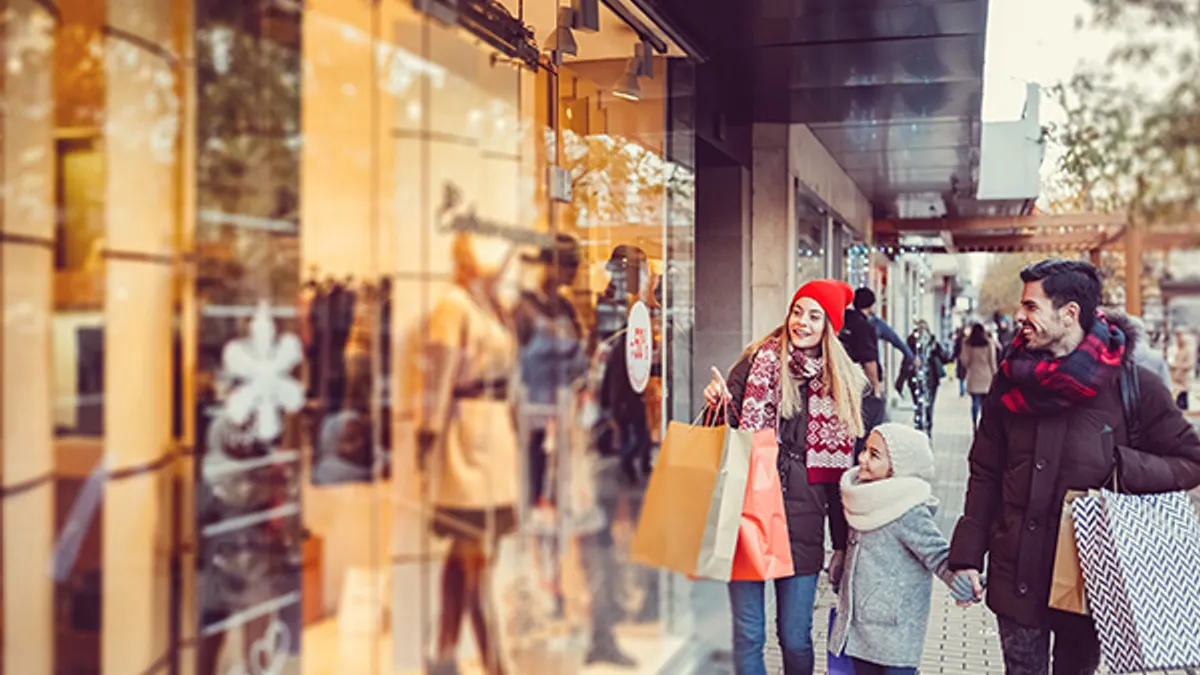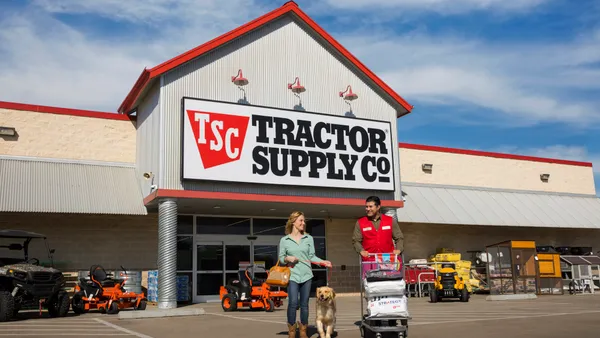As the holiday season reaches a fever pitch, brands everywhere are acutely aware that every hour of every day is a make or break retail moment. Competition is fierce as retailers fight for customers and market share. So how can you differentiate yourself and get ahead during the most crucial season of the year?
To find the answer, we must step back for a big picture view of the retail landscape. This year has seen major brands like Sears, Barnes & Noble, and Walgreen's close many of their stores. Unable to compete with their rivals online, their brick-and-mortar business took a hit. But this doesn't mean retail is dead. According to Census Bureau retail sales figures published by the National Retail Federation, total retail sales were up 4.2% year over year, while IHL Group reports a net increase in new store openings this year of 2.7%.
Traditional retail may be on the decline, but many retailers are finding new ways to drive consistent traffic and sales through their stores. To thrive during this industry-wide transition, they're having to rethink the way they spend their marketing dollars. The brands that come out ahead will be those that focus on innovation, embracing a new school of thought about providing a great in-store experience while also prioritizing marketing efficiency through location targeting—this holiday season, and all year long.
The role of innovation in a transitioning retail market
Neil Blumenthal, co-CEO of Warby Parker, said it best when he told The Wall Street Journal, "I don't think retail is dead. Mediocre retail experiences are dead." From Amazon Go's physical store with no cashiers to Nordstrom's concept store with no clothes, retailers are homing in on innovation. However, the vast majority of them still haven't recognized the need for change.
It's time for brands to start looking for new ways to reinvent the in-store experience, while also improving marketing performance to maintain sales and growth. The right marketing solution can free up retailers to deliver the more exciting in-store experience they need to remain relevant to their customers.
A steady stream of guaranteed visits
A strong in-store experience is a must for building and maintaining a loyal customer base. But where do marketers find the time, energy, and budget to achieve this when an equally strong bottom line requires consistent sales? Enter Cost Per Visit, a pay-for-performance model designed to drive offline visits to your retail store by allowing you to pay only when a visit happens in your store. The need for a business model like that was further validated in a recent holiday analysis by GroundTruth, which revealed that consumers utilize location-based searches to discover businesses near them in order to find the perfect gift. Last year alone, location searches increased by 60% in the week leading up to a store visit.
The power of location is real, and it can play a big part in getting shoppers into your stores. Take for example a footwear company that approached GroundTruth about running a campaign after struggling to boost sales. With a pared down fleet of stores, the brand needed to make sure each business location was optimized for customer satisfaction and sales. To take advantage of its physical footprint, the company tested Cost Per Visit. Among the brand's more than 2,000 stores nationwide, Cost Per Visit drove over 10,000 observed visits with over 25% of those visits coming from competitors.
Additionally, 56% of customers visited the retailer within three days of receiving a mobile ad, compared to the industry benchmark of one week. The footwear brand's willingness to test Cost Per Visit demonstrates a commitment to evolving right along with the retail industry as it transitions into a new phase. This kind of dedication is something we hope to see a lot more of in the months to come.










